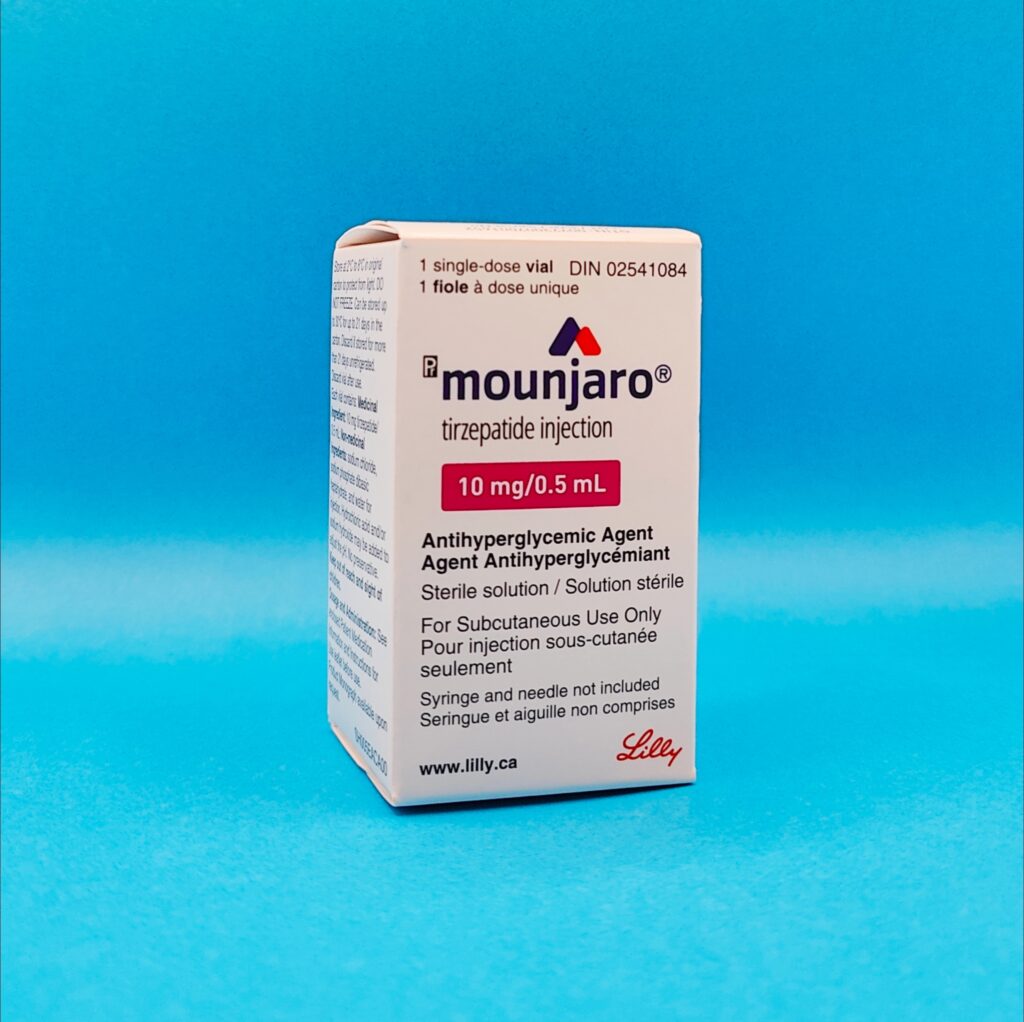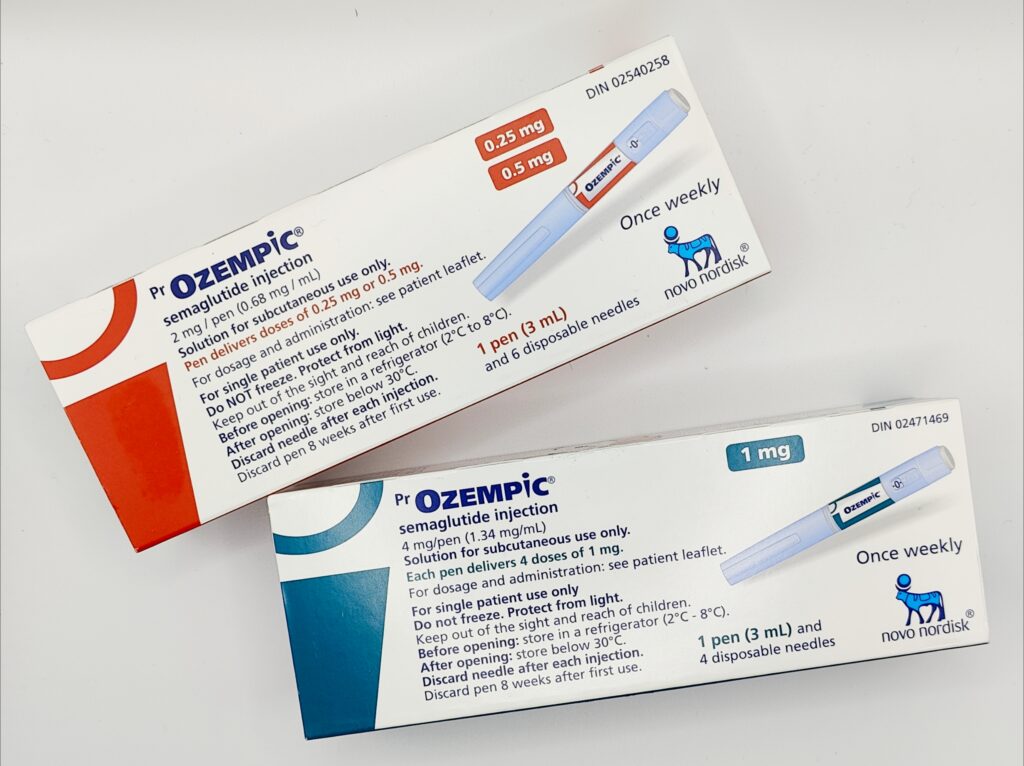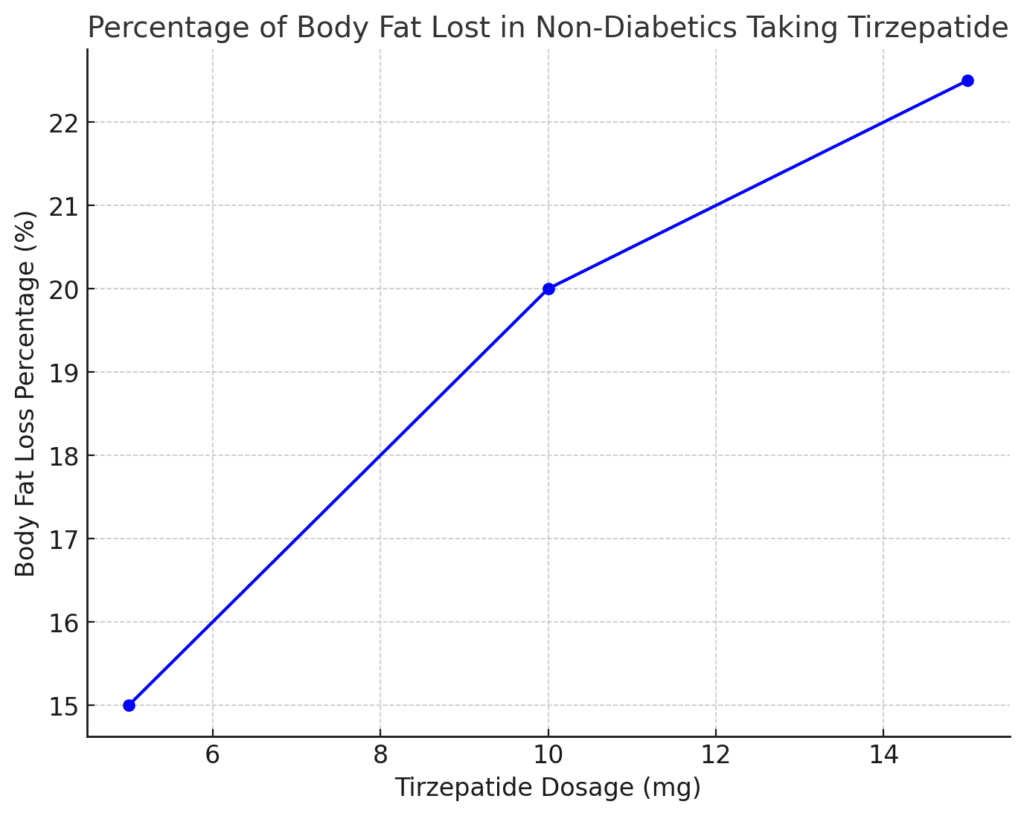What You Need to Know About Tirzepatide (Mounjaro) for Type 2 Diabetes
What You Need to Know About Tirzepatide (Mounjaro) for Type 2 Diabetes
If you have Type 2 diabetes, you may have heard of tirzepatide (Mounjaro), a new medication making waves in diabetes care. It’s an exciting option because it works differently from many other treatments available today.
What Makes Tirzepatide Different?
Tirzepatide is often referred to as a “twincretin” because it works on two key gut hormones that help regulate blood sugar and appetite: GLP-1 and GIP. Both of these hormones are naturally released after eating and help control your blood sugar by:
- Stimulating insulin release (which lowers blood sugar).
- Increasing satiety (making you feel full).
- Slowing down how quickly your stomach empties (so you don’t feel hungry as fast).
What makes tirzepatide stand out is that it’s a dual-action medication—it works on both GLP-1 and GIP receptors. This means it not only helps regulate your blood sugar but also promotes weight loss, making it an excellent option for people with Type 2 diabetes who want to lose weight while managing their blood sugar levels.
Tirzepatide: Blood Sugar Control and Weight Loss
Adding tirzepatide to your treatment plan, especially if you’re already on metformin, can have significant effects. It can lower your A1c (a measure of your average blood sugar over 3 months) by up to 2.3%, making it as effective as semaglutide (Ozempic), one of the most potent GLP-1 medications.
But tirzepatide doesn’t just control blood sugar—it can also help you lose weight. In studies, patients who took 15 mg of tirzepatide per week lost up to 11.2 kg (about 25 lbs) over 10 months. That’s nearly double the weight loss compared to semaglutide, which resulted in an average loss of 5.7 kg (about 12 lbs).


Potential Downsides and Risks
While tirzepatide has many benefits, it’s important to be aware of the potential risks and side effects. Some of the common side effects include nausea, vomiting, and diarrhea, which are similar to other GLP-1 medications. Additionally, although rare, serious side effects can occur, such as:
- Pancreatitis (inflammation of the pancreas).
- Gallbladder disease.
- Thyroid tumors (seen in animal studies).
At this point, there’s limited data on tirzepatide’s long-term effects on heart health (cardiovascular outcomes), with more information expected by 2025. In the meantime, if you have a high risk of heart disease, your doctor may recommend a GLP-1 agonist like semaglutide or an SGLT2 inhibitor like empagliflozin (Jardiance), which have been proven to lower cardiovascular risks.
How to Take Tirzepatide
Starting tirzepatide is simple and gradual. You’ll begin with a 2.5 mg injection once a week, and every 4 weeks, your dose will be increased by 2.5 mg until you reach a maximum dose of 15 mg per week.
It’s important to note that the titration process is slow, which helps reduce side effects and allows your body to adjust. Additionally, doses above 5 mg per week don’t provide much extra blood sugar control, so your doctor may find a lower dose sufficient for your needs.
Key Considerations for Patients on Tirzepatide
There are a few special considerations to keep in mind while taking tirzepatide:
Contraception: Tirzepatide can affect the effectiveness of oral contraceptives due to delayed stomach emptying. If you use birth control pills, your doctor may recommend switching to a non-oral method (such as an IUD) or using backup contraception for the first 4 weeks of treatment and after each dosage increase.
Hypoglycemia risk: If you’re also on a sulfonylurea (such as glyburide) or insulin, you may have a higher risk of low blood sugar (hypoglycemia). Make sure to monitor your blood sugar levels closely, especially when starting or increasing your tirzepatide dose.
Storage: Tirzepatide should be kept in the refrigerator until you’re ready to use it. Once removed from the fridge, it’s good for 3 weeks at room temperature, so make sure to use it before that time runs out.
Can Tirzepatide Help with Weight Loss if You Don’t Have Diabetes?
Yes, tirzepatide is also being studied for weight loss in people without diabetes. In fact, studies show that people with obesity but no diabetes lost up to 21% of their body weight over 18 months. This makes tirzepatide an exciting potential option for those looking to manage their weight, even without diabetes.

Final Thoughts
Tirzepatide (Mounjaro) offers a powerful new option for people with Type 2 diabetes who are looking for effective blood sugar control and significant weight loss. However, as with any medication, it’s important to weigh the benefits against the potential risks and side effects. Always talk to your healthcare provider to see if tirzepatide is right for you, especially if you have heart disease or other health concerns.
Given the expected demand in 2024, it’s a good idea to discuss your options with your doctor sooner rather than later. If affordability is a concern, you might also want to explore options for buying tirzepatide from Canada through trusted online pharmacies, which can help make this treatment more accessible for patients in the U.S.
Tirzepatide could be the right step in managing your diabetes and improving your overall health. Be sure to ask your healthcare provider about how this new medication might fit into your treatment plan.
References
American Diabetes Association. How Incretin Hormones Work in Diabetes Management. Available at: https://www.diabetes.org
New England Journal of Medicine. Efficacy of Tirzepatide in Glycemic Control and Weight Loss in Type 2 Diabetes. Available at: https://www.nejm.org
American Heart Association. Cardiovascular Risk with GLP-1 Agonists and SGLT2 Inhibitors. Available at: https://www.heart.org
